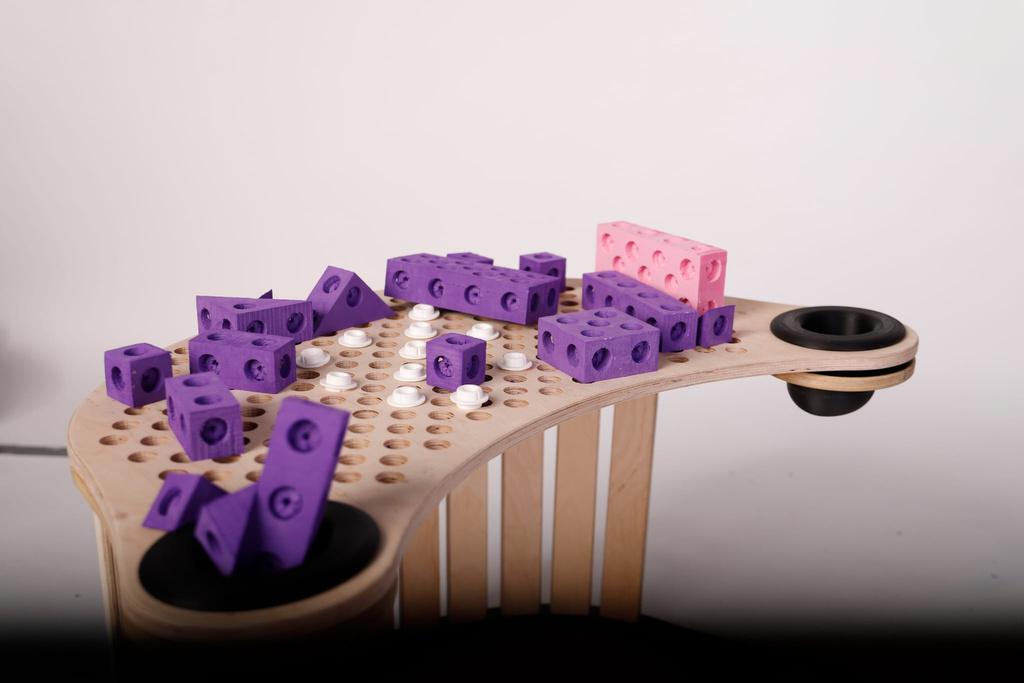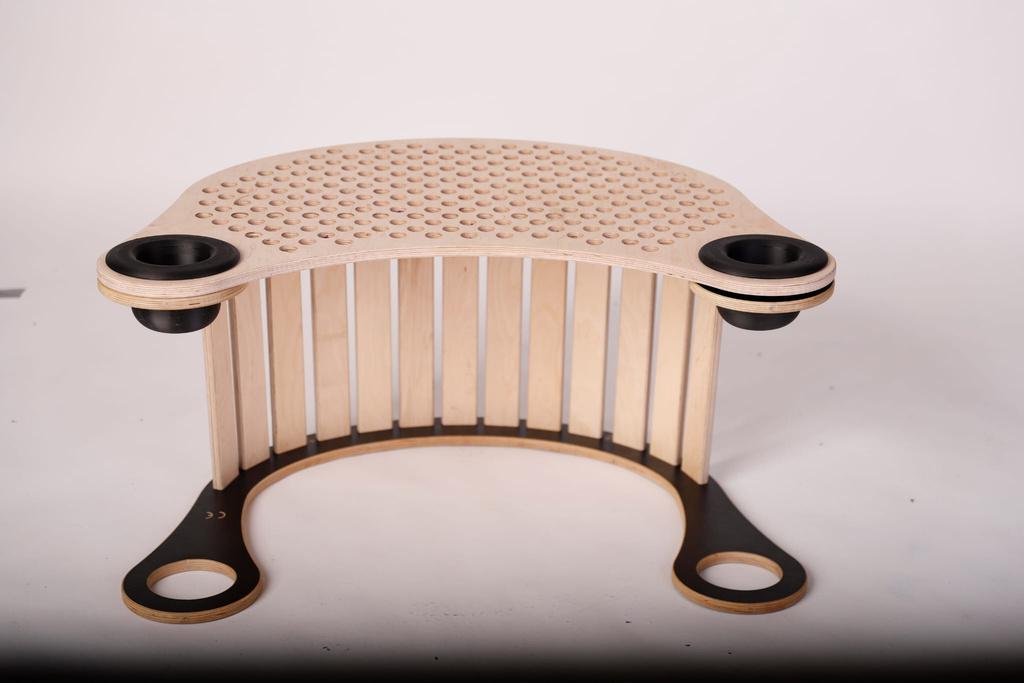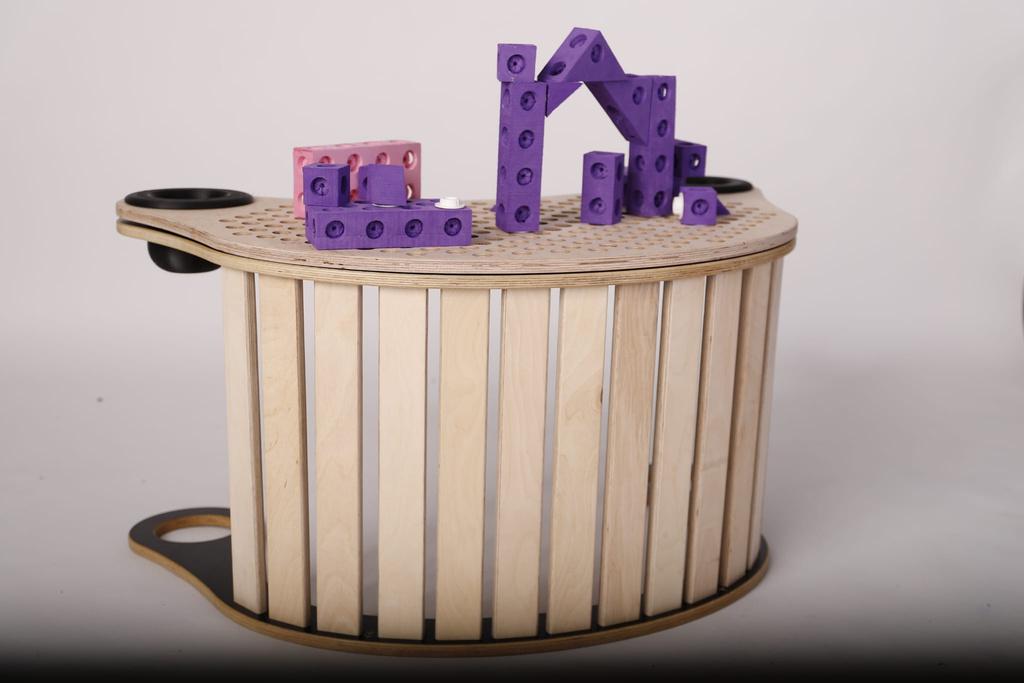Fantasy Forge
- Designer: Arda Arikan, Ekin Tuna Ergut

Student Project
Fantasy Forge
Children’s play preferences can vary widely but are often shaped by their temperament, friend groups, and the environments they have access to. Play takes on many forms, whether it's physical—competitive or not—role-playing, toy-centered activities, or crafting, each engaging different skills like imagination, communication, and movement. Typically, children gravitate toward activities where they feel capable, although their willingness to tackle challenges can differ.
Toy trends are influenced by charismatic peers as well as the toys’ attributes, such as vibrant colors and interactive elements. In role-playing scenarios, children often imitate their favorite characters, professions, or animals, sometimes using props to enrich the experience.
Target age group: children aged 3–6.
Characteristics of the target age group
- Motor skills: Children in this age group develop basic motor skills, improving balance, coordination, and fine motor control.
- Cognitive development: wEarly problem-solving skills begin to emerge. Children develop imaginative thinking and early logical reasoning, though they still rely on concrete experiences to make sense of the world around them.
- Social and emotional development: Children begin forming friendships, expressing emotions more clearly, developing empathy, and understanding social norms.
- Language development: Children's language skills grow rapidly, their vocabulary expands and they use more complex sentence structures. Moreover, they develop conversational and storytelling skills.
The toy supports:
- Educational play: Elements such as holes and pegs are designed to improve hand-eye coordination and encourage learning through active engagement.
- Creativity and construction: The opportunity to build and design supports problem-solving skills and allows children to create immersive fantasy worlds
- Motor skill development: Handling small components strengthens finger muscles. Activities like inserting and removing objects from holes help refine motor control.
Project Authors
The accessories were designed by Arda Arikan and Ekina Tuna Ergut, students of Product Design.
They were created as part of a collaboration between School of Form and Good Wood brand.
